
Brian's Run Pod
Welcome to Brian's Run Pod, the podcast where we lace up our running shoes and explore the exhilarating world of running. Whether you're a seasoned marathoner, a casual jogger, or just thinking about taking your first stride, this podcast is your ultimate companion on your running journey.
Join us as we dive deep into the sport of running, covering everything from training tips and race strategies to personal stories and inspiring interviews with runners from all walks of life. Whether you're looking to improve your race times, stay motivated, or simply enjoy the therapeutic rhythm of running, Brian's Run Pod has something for every runner.
Brian's Run Pod
Sculpting Strength: Why Barre Changes Everything for Runners
Brian Patterson continues his enlightening conversation with Ella Proietti, founder of Barrella.co.uk and barre fitness specialist with over 10 years of experience teaching this transformative workout.
• Barre fitness combines ballet techniques with strength training and flexibility work
• Equipment like weights, resistance bands and Pilates balls intensify the workout
• Many people attend barre classes for rehabilitation from injuries
• Particularly effective for strengthening glutes, loosening tight hips, and addressing IT band issues
• Barre classes create quick results through challenging isometric holds and pulsing movements
• Class structure includes warm-up, bar work with equipment, stretching, and floor exercises
• The workout targets muscles most runners don't normally engage
• Clients often experience immediate benefits including feeling "taller" after class
• Common misconception that barre is just graceful ballet movements when it's actually intense strength work
• Many celebrities including Madonna and professional athletes incorporate barre into their fitness routines
• Barre instructors develop their own teaching style and adapt exercises to client needs
For more information or to try a class, visit barella.co.uk or find Ella on Instagram and Facebook @BarellaClasses.
Brian's Run Pod has become interactive with the audience. If you look at the top of the Episode description tap on "Send us a Text Message". You can tell me what you think of the episode or alternatively what you would like covered. If your lucky I might even read them out on the podcast.
Instagram
So you're thinking about running but not sure how to take the first step. My name is Brian Patterson and I'm here to help back to Brian's RunPod and I'm your host, brian Patterson, and I'm thrilled to have you back. This week we're diving into the second part of my interview with Ella Brioretti, the amazing founder of Borellacouk. Ella is a bar fitness specialist and movement expert and she's gone into some incredible insights to share. Remember, in the first part of our chat, we talked about Ella's journey from a successful marketing career at the age of 40 to embracing fitness. We also explored the history of barre and the fantastic benefits of incorporating it into your training regime. Well, buckle up, because we're continuing the conversation this week. I started by highlighting how barre doesn't require much equipment. If you haven't listened to the first part, I highly recommend it. Now let's get back into the chat and dive in deeper into this amazing world of barre.
Speaker 2:When I first started barre classes, I didn't use weights for the upper body, for the arms, and then I started using weights and the members, people in the class, started telling me that they really enjoyed using weights, because otherwise you end up with musty legs and flabby arms, all right, and you want to try and keep work on all your muscles. So I've added the weights, I've added the bands, yeah, so you can now kill. I can kill lots of birds with one stone.
Speaker 1:Right, so what's been? The feedback you've had from. So for how long have you been doing the bar?
Speaker 2:About 10 years now.
Speaker 1:10 years, oh wow and have you had customers? You've come. You know who is you're still seeing now, who were came to you at the beginning. Yes, yes, yes, there's.
Speaker 2:There's a few people in my classes um that have been coming to my classes for 10 years wow um, and I told them that, yeah, I'm going to give you a certificate at the end of 10 years in a free class as a thank you.
Speaker 1:A covey for such a long time? Yes, as a thank you for their loyalty. But over those 10 years, have you seen the transformation in them?
Speaker 2:Well, people come to my classes for different reasons Right, you know not all to my classes for different reasons.
Speaker 1:Right.
Speaker 2:You know, not all of them are runners.
Speaker 1:No, you know some of them.
Speaker 2:Just want to stay fit and healthy, yeah, and mobile, and they want to improve their flexibility. Others do it because they hate the gym.
Speaker 1:Yeah, I can understand that.
Speaker 2:And they've tried lots of other classes and they don't like them. Other people like bar because they used to do ballet when they were younger, and it's they and love dancing, but they don't want to dance anymore because it's high impact and bar classes are low impact. So different people come to my classes for different reasons yeah, yeah, I can understand that.
Speaker 1:So, um, going on, what do you feel that the bar could offer in terms of, you know, rehabilitation? Do you get people who have come, maybe come to you, who, let's say, maybe getting over injury, and they, maybe they, they need to sort of like uh they, for instance, you know I've said I I was getting over a glutes issue or something like that, but do you think there's something that there's that bar can offer that can help people who are getting over injury or anything like that?
Speaker 2:Oh, yes, definitely. I get lots of people coming to my classes who are recovering from injuries and they want to strengthen a particular part of their body and become more flexible. And, as I mentioned before, barre is great to strengthen your glutes, to loosen up tight hips, any issues like the runners have with IT bands, for example, so all these issues can be basically worked on by attending a barre class. Also, I have people who have had injuries with their ankles and feet, yeah, and some people have suffered trips and falls because, of tight ankles and feet.
Speaker 2:Yes, so they come to barre classes to improve their flexibility and strength in their ankles and in their feet. Other people come because they've broken some bone in their leg and they find they've lost all strength and flexibility in that leg. Right yeah, so lots of different things. Other people come when they, for example, recovering from a major illness. Right yeah, so lots of different things. I saw that other people come when they're, for example, recovering from a major illness Right.
Speaker 2:Like cancer, for example, and they want to get stronger again, and you know. So, yeah, lots of different reasons why people might want to come to a bar class to help them recover from various injuries.
Speaker 1:Why do you think? Because I know it was kind of developed by this dancer and then sort of it kind of only sort of in sort of the late 50s. It is what we see it as now. It is what we see it as now. Why do you think it hasn't taken off? Or I feel that maybe it hasn't taken off is like Pilates. Is it because Pilates is becoming a lot longer, or is it something that is still trying to catch on far?
Speaker 2:I think that bar is probably because you need a bar studio with bars.
Speaker 1:Right, okay.
Speaker 2:Which not many places have.
Speaker 1:Yeah.
Speaker 2:So if you want to do a bar class, you know you need a bar and yes, obviously, and not many clubs or gyms or studios have those right so um. It's a bit like reformer you need to buy specialist equipment yeah, that's true uh so, um, that's why maybe there's not many places that offer bar classes, but I find that nowadays most big gyms and clubs have them on their timetable.
Speaker 1:Okay, okay okay, or maybe it's just me, I just haven't come across it. But I think it's great that because, let's say, if someone who's done yoga for quite a while and then wanted to maybe change tact and do something a little bit more challenging, then having something like coming to the bar means that it kind of offers them other disciplines which they can add on to what they were used to before, because it's not like it's not I don't know, it's not like you're going from. You know, because people you will go to yoga because they want something which is low impact, a bit more um, a bit more serene, not like going to a gym and seeing going on on the weights or going on the aerobic exercises, but it's kind of like that next step where they can go to, let's say, the bar, but there's other disciplines involved. Do you feel that's what some people find?
Speaker 2:is that they come across from either Pilates or maybe they go from yoga or something like that. Well, not necessarily okay, because, um, um, there's different types of yoga out there as well you can get you know very slow yoga with lots of meditation and you can get ashtanga, you can get power yoga yeah which is a bit more fast, fast paced and a bit more challenging and flowy yeah so, uh, I think it, it.
Speaker 2:It doesn't mean that, um, people want to progress from yoga on to bar, uh, or pilates they, it just depends on what they were trying to get out of the class. Yeah, um, lots of people when they come to bar, they don't really know what it is, yeah, and so I explain to them what's going to happen in the class, and then, after the class, they tell me wow, I've worked on these muscles, the muscles I didn't know even existed, honestly, and my legs are burning, everything is shaking.
Speaker 2:And then they tell me how much they enjoyed it during the class. They in pain and they they're not enjoying it so much, but after the class they get the endorphins.
Speaker 1:Yes, the endorphins are happy hormones and they notice the results quite quickly right so there must your muscles get um tighter yeah um, and you get toned up quite quickly and, uh, they keep coming back for more, for more pain you're a masochist because, uh, we have a mutual friend, donna, who, yes, yeah, um, who I've known for years and years and she said that, um, whenever she does your class, she feels like an inch taller. Do you get sort of comments like that readily?
Speaker 2:yes, I actually get people coming to my classes that say that we, because we do so much stretching- yeah they actually feel like they. They become taller at the end of the class, right, because literally there's not a single muscle in your body that we don't stretch.
Speaker 1:Yeah.
Speaker 2:And they feel lighter and looser. So yeah, I can imagine why. Why she might say that, yes, yes, I do.
Speaker 1:But what was I going to say? Why she might say that, yes, yes I do, but the what was I going to say? So the thing is, is that what would you say is kind of like sort of the biggest misconception would be for someone to to, you know, coming to the bar, sort of thing. What would you say is there, is there something that? Okay, people coming for the first time and then they've kind of heard about the bar, they knew about it, but is there something that? Is there some kind of misconception? That, basically, that you know they're saying, oh, I thought it was going to be like this, but then I realized it's not like that I think people associate bar with ballet all right so they think that it's going to be um, we'll be doing lots of graceful movements, flowy arms and things like that, yeah.
Speaker 2:And then when I tell them that they need to grab some weights and do work their arms as well, sometimes they get surprised, thinking oh, this is not really like ballet, this is just a strength training class. Basically, you're trying to get stronger, but it's quite challenging because lots of exercises you hold onto the bar with one hand and you're on your get stronger. But it's quite challenging because lots of exercises you hold onto the bar with one hand and you're on your tiptoes and one of your legs is up in the air. Your arm is up in the air and you have to keep the balance, try not to fall over, and you've got the resistance bands around your legs and you've got the Pilates ball behind your knee and you have to do some pulses.
Speaker 2:So you hold lots of positions where your leg is abducted to the side yeah and you hold this leg with a band wrapped around your leg and you have to pulse and you overload your muscles and there, your legs, your muscles start burning I understand yeah start burning, and that's how you get stronger quickly.
Speaker 1:Right, right. So basically the ballet part of it isn't the movement of ballet.
Speaker 2:There are. There are some ballet positions.
Speaker 1:Okay.
Speaker 2:So we use the main ballet positions from one to four, for example one to five in ballet positions, from one to four, for example.
Speaker 2:One to five, yeah, but uh, because it's a strength class, we, um, basically do all the plies. So basic plie means to bend. You bend your knees, and you do it on your tiptoes, all right. And then there's lots of exercises where, uh, you turn your knees out as well with a bend and that's adding extra burn to your legs and you have to hold this position, sometimes for a couple of minutes. You know pulsing, and then your glutes, you know burn, start burning and people start swearing.
Speaker 1:So long as there's a lot of swearing, then you know you're doing the right thing.
Speaker 2:Yes, I am.
Speaker 1:So do you start the class off with saying I don't mind if you swear?
Speaker 2:No well, I told them I'm going to bring a jar and collect 50p Every time you swear. I want 50p for charity, Very good.
Speaker 1:So remind us about the structure. So would it be the sort of like is it like 20 minutes ballet and then kind of the 20 minutes strength conditioning and then 20 minutes sort of stretching? Is that the right, or do you kind of mix and match throughout the session?
Speaker 2:Well, the main structure is we always start with a warm-up.
Speaker 1:Okay, yeah.
Speaker 2:About five, seven minutes in the center.
Speaker 1:Yeah.
Speaker 2:And you don't need any equipment for that.
Speaker 1:No.
Speaker 2:And it's all down to upbeat, energetic pop music. When you go to the bar, you pick up your equipment, your weights, your bands and you hold the bar with one hand. You do all the ballet poses, ballet exercises, going up on your tiptoes and bending your knees, lots of leg extensions, holding on one leg, lots of pulsing. Then you do repeat the same thing on the other side. That takes about half an hour the whole.
Speaker 1:Thing.
Speaker 2:And then, after you've done all the strengthening, you do the stretching at the bar. That takes about 15 minutes. So about seven minutes on each leg and then the last five 10 minutes. We grab a mat and we go on the floor and we do some more strengthening core work and more stretching Right, mm-hmm. Okay, so this is a basic format of each class.
Speaker 1:Yeah, and do with those. Will they change from week to week? The bar exercises.
Speaker 2:The bar exercises yes, yes, they will, they will. Yes, some of them will repeat because you have to progress them. So you start with your feet in parallel before you turn your toes out.
Speaker 1:Oh, right, okay.
Speaker 2:So first you keep your feet together, your toes together, and you do lots of BAs bending your knees on your tiptoes, and then, after that, you can turn your toes out.
Speaker 1:Okay, and then that makes it harder.
Speaker 2:Makes it harder. And then you go into various ballet positions, which makes it even harder.
Speaker 1:Right yeah.
Speaker 2:Into second, third, fourth, etc. Yeah.
Speaker 1:Not getting on point, not going on point.
Speaker 2:No on point, we go on demi point, oh right. On tiptoes, oh right.
Speaker 1:Yes.
Speaker 2:Yes, we don't wear ballet, shoes, point shoes. No, no, no, no.
Speaker 1:But I remember you. So basically, has this been caught on to sort of the celebrity world, I think? Did you say sort of like Madonna has done this or sort of like quite famous people are doing it now? Is that right?
Speaker 2:Yes, well, that's what I've read online that Madonna, natalie Portman, victoria's Secret models, barbara Streisand they've all done it in the past.
Speaker 1:So their testament that this is something that can work.
Speaker 2:Yes, because it's a very effective workout and it's like no other workout.
Speaker 1:basically, Right, and the thing is that, like we've discussed before, is that the benefit is is that if you are strengthening your muscles, that also means that your muscles are a living, breathing, living thing and then basically you can burn off more calories throughout the day.
Speaker 2:Oh yes, of course. The more muscles you've got on your body, the higher is your metabolism.
Speaker 1:Yeah.
Speaker 2:So if you come to a barre class three times a week, you know you're going to get stronger pretty quickly, yeah. And then the more muscles you have, the more calories you will need to utilize during the day.
Speaker 1:Yeah.
Speaker 2:And if you're trying to lose weight as well, yeah, that's going to help you.
Speaker 1:Yes, yeah, exactly, exactly are they. Is there a bar association? So let's say, for instance, if our, if our listeners wanted to know about if there was a bar class that was near them, is there an association where they could look up, um, where there are classes taking place, or is it just a case of looking up online?
Speaker 2:um, I think, I don't think there's about association as such, um there are um fitness sort of like, um bodies out there yeah that, look that, look after the whole umbrella of different fitness classes, but there isn't one just for barre. So if you just Google up barre class near me, I normally come up in the top three Right okay. If you live in Twickenham or Richmond area. Yes, yes.
Speaker 1:Okay, you, if you live in twickenham or um rain bridgemond area, yes, yes, okay. But did you but doing? Did you do, let's say, an official qualification? Um, did you have to do it through a particular association?
Speaker 2:well, as mentioned before, there are lots of um bar training providers at them right and the one I picked, uh was is called bar concept, with emma newham and I did my qualifications with her right. It's called bar conceptcouk. So if you go on on that website you'll see. Okay, uh, if you're interested in qualifying all right, not me I mean whoever is interested?
Speaker 1:yes, but I mean um. So that's because it started. You're saying in qualifying all right, not me. I mean whoever is interested. Yes, but I mean um. So that's because it started. You're saying it started in the uk with this, this, this the lady who the dancer.
Speaker 2:Yes, lottie berg. Lottie berg, yeah, started her um um training method. Lottie lottie berg um training method. Okay, uh, and then she used to be an ex-ballerina and it was based around ballet and then it developed over the decades into different barre training methods.
Speaker 1:All right, and does the barre, or will it sort of develop into other areas? Or do you feel that what the barre offers now is very much, you know, set for the market it's catering to?
Speaker 1:when you say into other areas, I don't know I mean I'm just saying like, let's say, because they incorporated a bit of pilates, it's incorporated a bit of um, you know, stretching and body conditioning, so um, and then obviously the ballet. I mean, do you see it sort of developing further? I don't know when, maybe I don't know what other areas it might go into, but maybe it's something that that might change over the years or like aerial bar, yeah yeah hanging upside down from the ceiling on a piece of string.
Speaker 2:um well, exactly, well, I don't know. I don't know. Everyone has a different style of teaching bar.
Speaker 1:Right.
Speaker 2:And when I first started teaching bar, my bar classes were a bit different. Yeah, and over the years I developed my own style. Okay, and that focuses on the strength training part. Not every single bar instructor uses weights with their arms, right, that's why I'm, you know, I think my bar is a bit different from others. Uh, it's more sort of like intensive. So if you want to add some other equipment to it, you know.
Speaker 1:Right. So it's not like a rigid you know you have to do this and this, no no, no, it's not a rigid thingy.
Speaker 2:where so you can. If you want to add some other equipment that you feel your clients will benefit from, then why not? Mm-hmm, Mm-hmm.
Speaker 1:So, oh great, that's fantastic. So, um, I we're nearly sort of coming to the end of the podcast, um, but what I wanted to ask you is, uh and sometimes I do ask this to most of my guests is that do you have a particular sporting icon?
Speaker 2:Sporting icon. Well, I do admire Sam Mofara, oh right okay. Yes, I actually met him briefly at the Queen's Platinum Jubilee Pageant in 22.
Speaker 1:All right.
Speaker 2:So I was one of the performers dancing next to the noughties bus.
Speaker 1:Okay.
Speaker 2:Which was filled with celebrities.
Speaker 1:I see.
Speaker 2:Including Sam O'Farrar.
Speaker 1:Yeah.
Speaker 2:And yeah, so I admire him because he came to this country with nothing.
Speaker 1:Yes.
Speaker 2:And then he's a great example that with hard work and dedication you can achieve incredible things.
Speaker 1:Yeah, yeah, that's very true. And I think there's one other question If there was someone you'd like to be stuck in a lift with, apart from Mo Farah, who would?
Speaker 2:you like to be stuck in a lift with Well, I'm a bit claustrophobic okay so, um, I think who would be better um to make me feel less tense than a great comedian, michael mcintyre? All right, love him, I love him. Do you? Yes, I do. I've read, he's brilliant. He's brilliant.
Speaker 1:I've um I've read his book and um, so yeah, he's, he's fantastic and he's someone else who's really had to struggle um to get to where he was now, sort of thing, although I know his father was a a comedy writer, but um he's. You know he had to really work hard um because I knew he listening to his book, um, and reading his book. He was putting a lot of money to get into the edinburgh uh festival and doing that. And it wasn't. It was, I think you know well, hard work pays off, doesn't it.
Speaker 1:Yeah, hard work does pay off. So where can people get to see you? Well, obviously you're within the Twickenham Richmond area, that's right. So where can people find out about Ella?
Speaker 2:Well, the first place they can visit is my website at barellacouk that's double R, double L. They can also visit my Instagram and Facebook page. At Barella Classes On my socials I have over 100 exercise videos so they can have a look and see what barre is all about, and they can also join one of my Bar classes at the studio next to All Souls Church in Halliburton Road in St Margaret's.
Speaker 1:Brilliant, and is there any one takeaway from today's podcast that you'd like to offer our audience about Bar, you know, sort of about what it is. Is there any one thing?
Speaker 2:I think that, when it comes to runners, if you'd like to come and try a bar class which you can, because I offer taster classes then you can come and see what it's all about. And if you have any problem areas and want to improve your running technique, then we can have a chat before the class or after the class and see how I can help you overcome your issues, your problems, and help you get stronger.
Speaker 1:Yeah, because I think, without a doubt I mean you convinced me that I can see the bar being very beneficial to runners, for anyone who's looking to do regular exercise, especially, like you know, the strength and conditioning doing the stretching, even doing some of I mean you only have to look at male ballet dancers.
Speaker 2:That's right, and they are athletes. Athletes, yes, they're so muscular, and I don't think there's a single exercise in a barre class that runners wouldn't benefit from.
Speaker 1:Definitely Exactly Okay. I'd like to say thank you very much for coming.
Speaker 2:Thank you for having me. It's been a real pleasure.
Speaker 1:Thank you. Thank you, I'm glad you enjoyed it and thank you very much for coming. Thank you for having me. It's been a real pleasure, thank you. Thank you, I'm glad you enjoyed it and thank you very much for Donna to convince you to come on the podcast.
Speaker 2:But thanks very much. Thank you, brian. Okay, cheerio. Thank you, cheerio.
Podcasts we love
Check out these other fine podcasts recommended by us, not an algorithm.
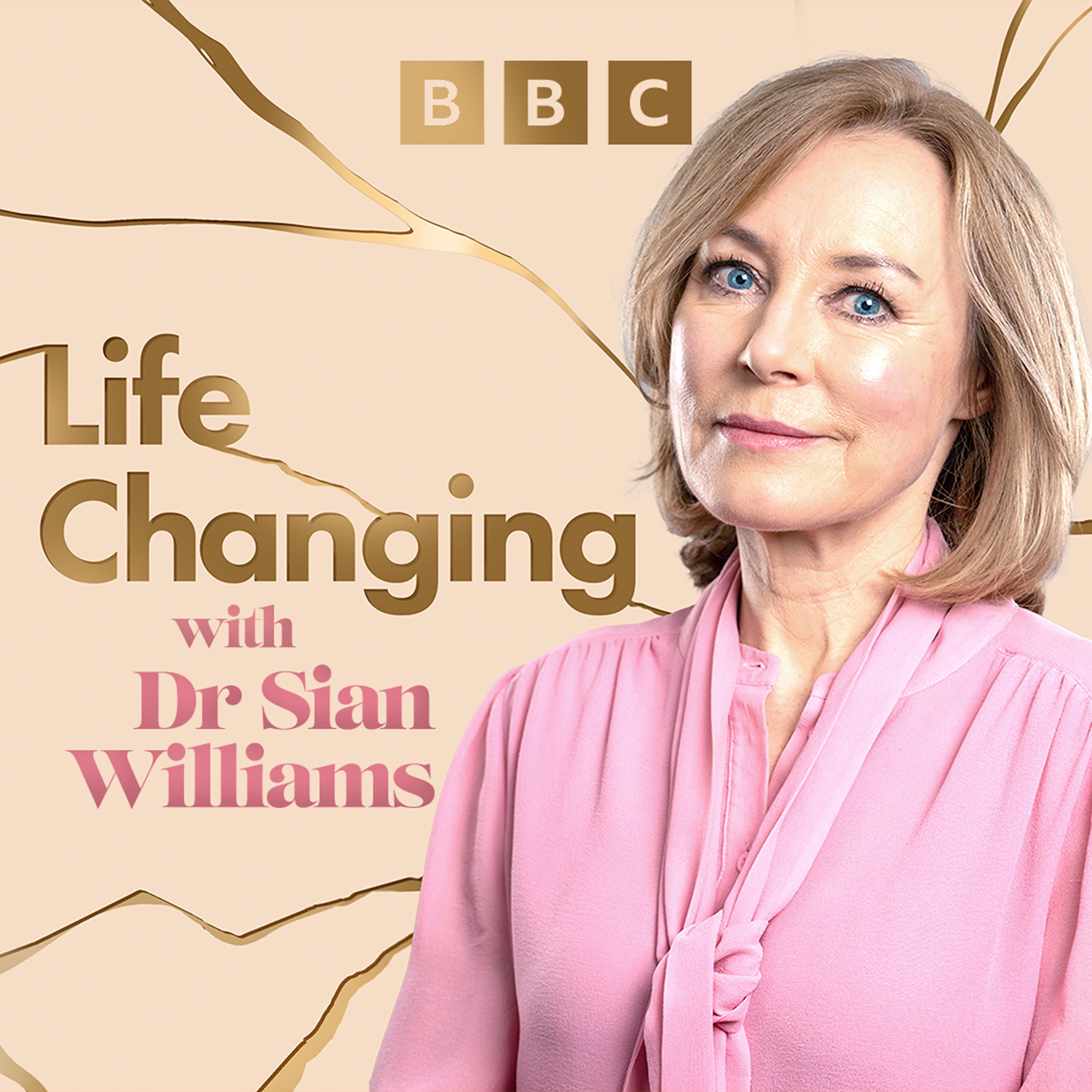
Life Changing
BBC Radio 4
Tech Life
BBC World Service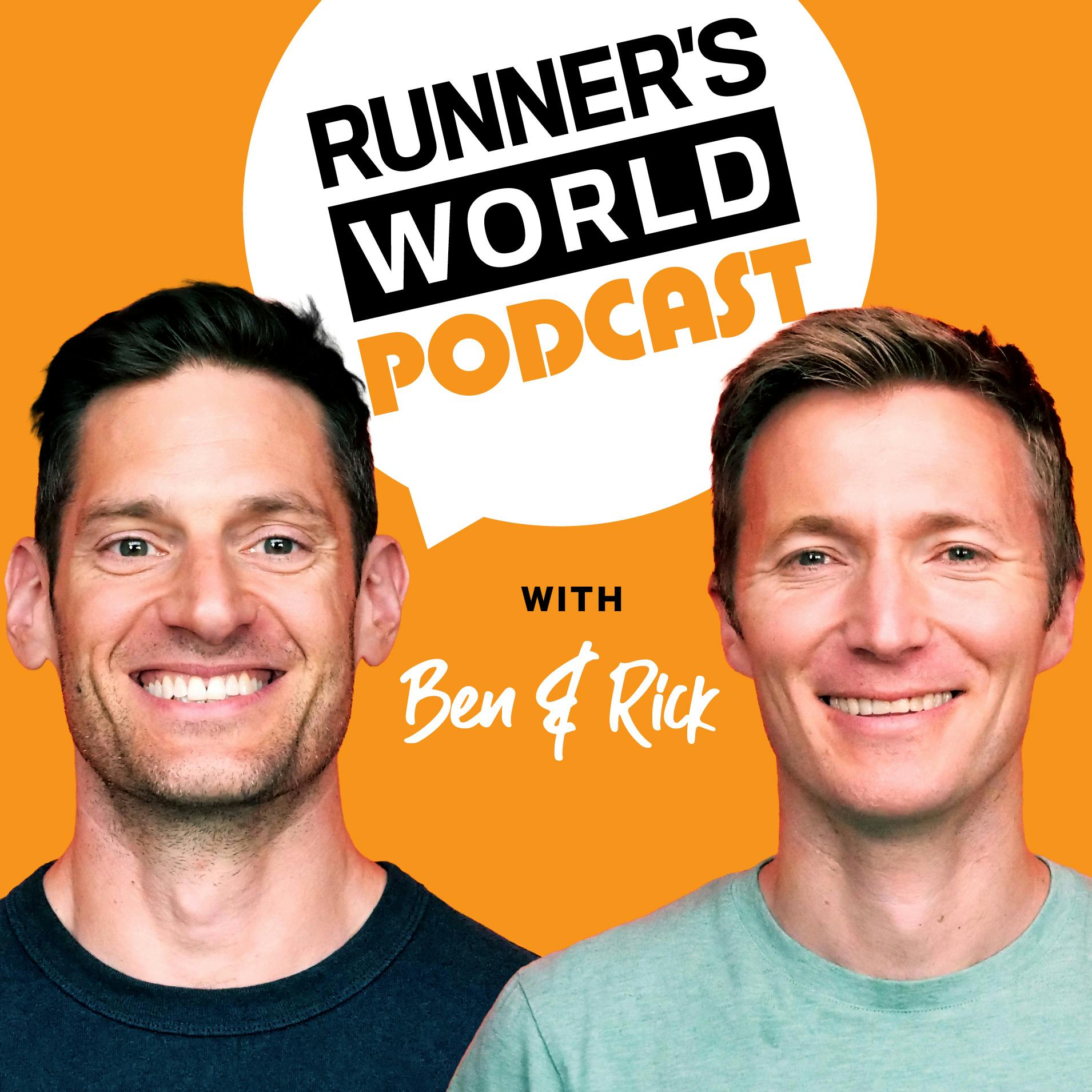
Runner's World Podcast
Runner's World UK
Buzzcast
Buzzsprout
Newscast
BBC News
Understand
BBC Radio 4
Cyber Hack
BBC World Service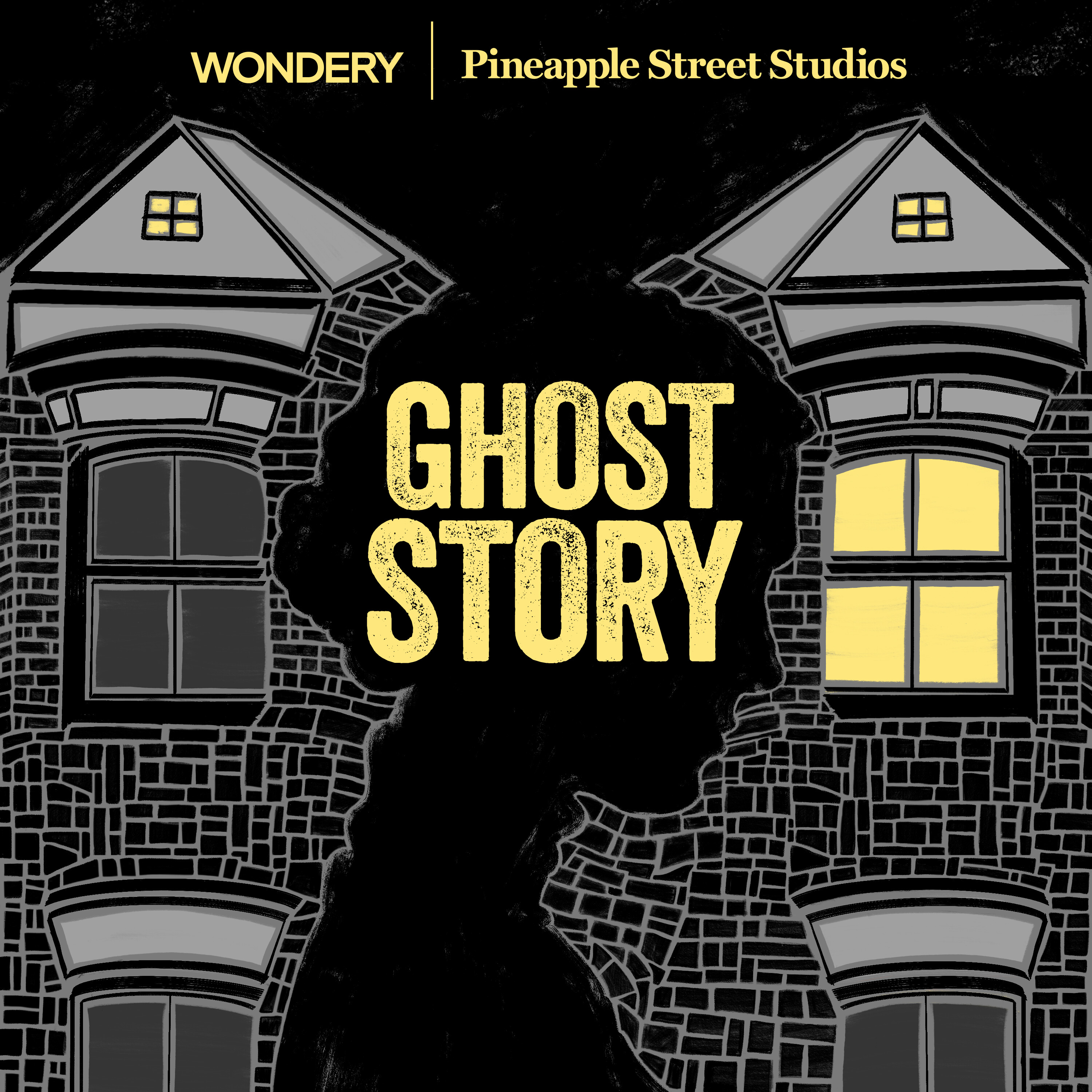
Ghost Story
Wondery | Pineapple Street StudiosDiz Runs Radio: Running, Life, & Everything In Between
Join Denny Krahe, AKA Diz, as he talks with a variety of runners about running, life, and everything in between.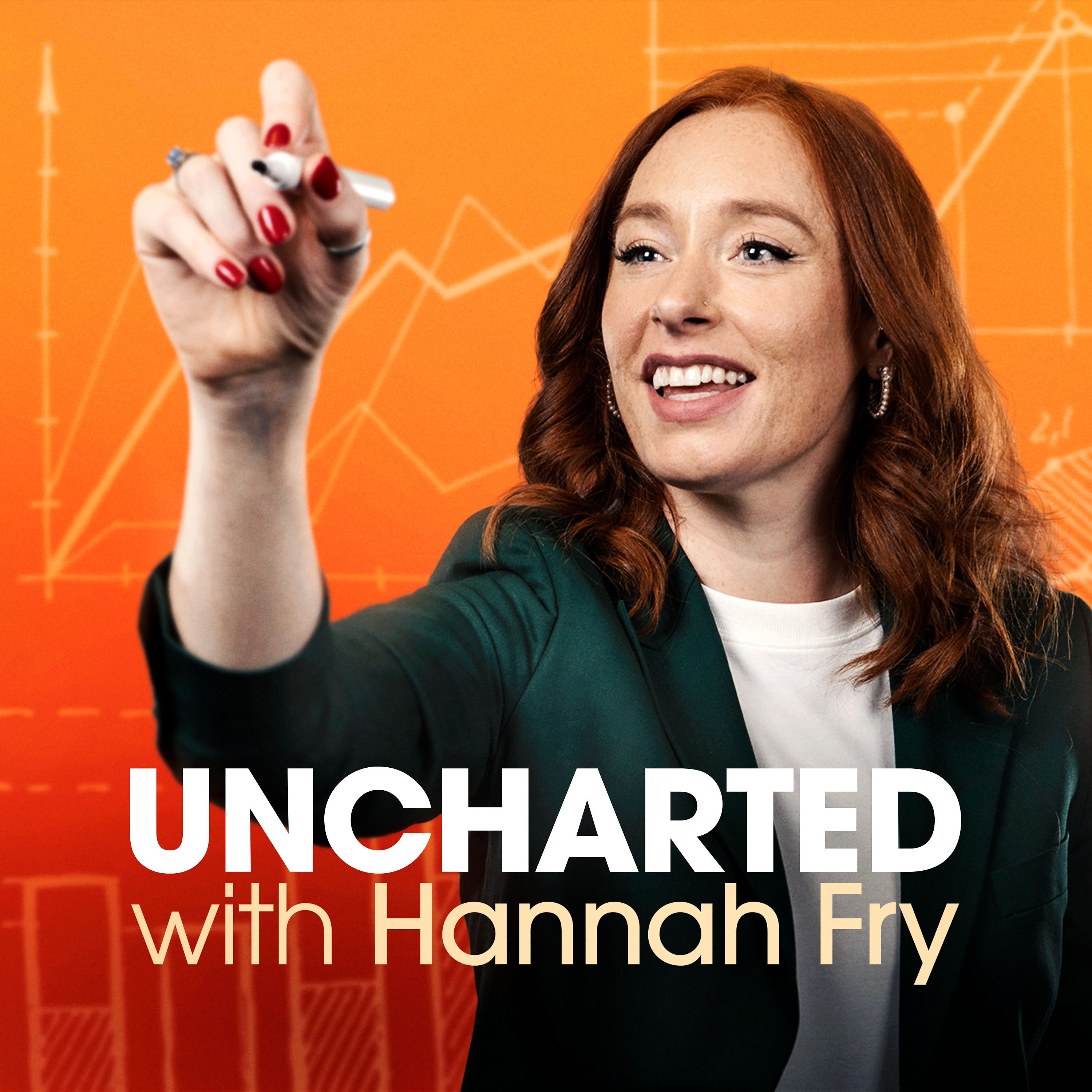
Uncharted with Hannah Fry
BBC Radio 4
The Global Story
BBC World Service
The Coming Storm
BBC Radio 4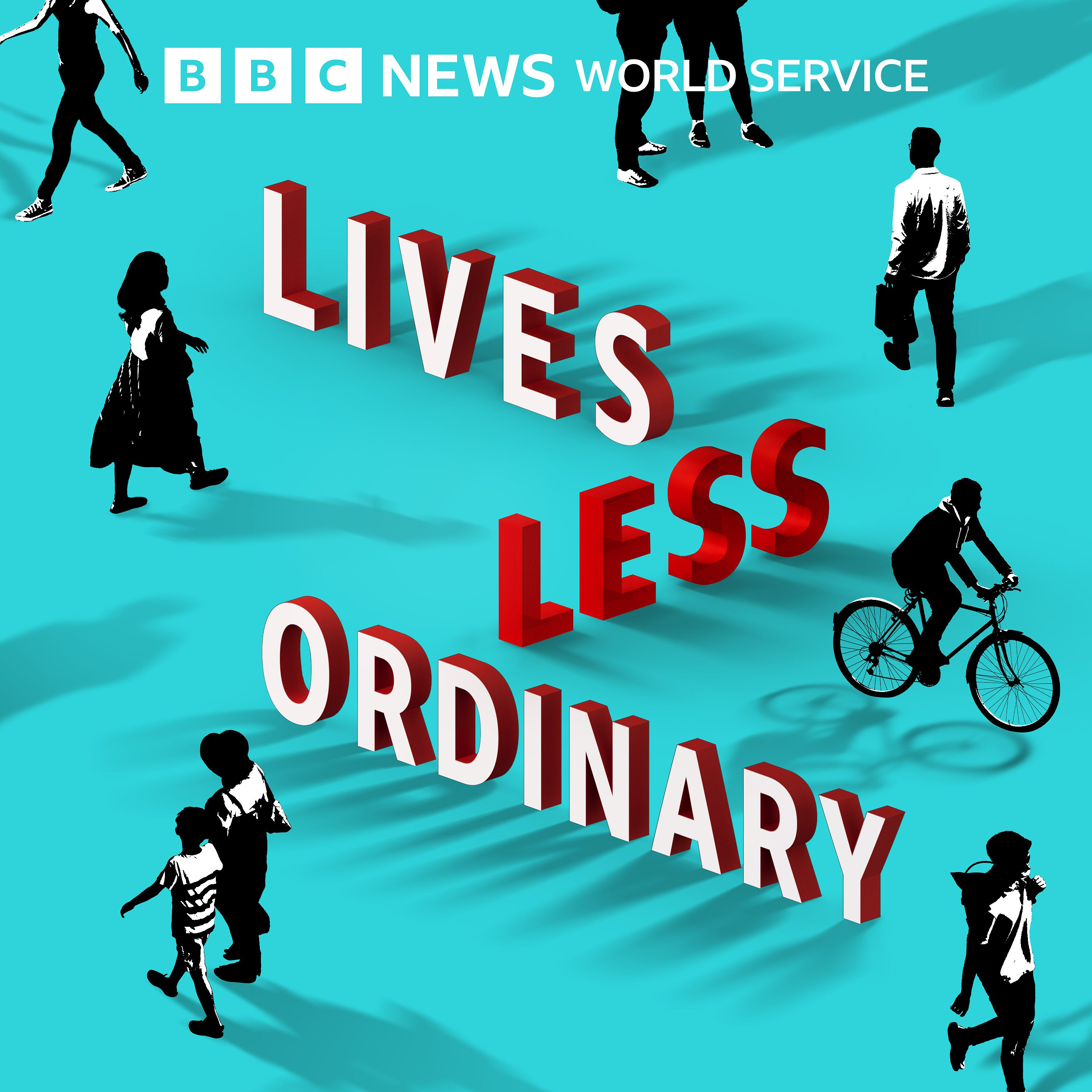
Lives Less Ordinary
BBC World Service
Do Epic Shit Today Podcast
Hannah Mulhern
The Rest Is History
Goalhanger
